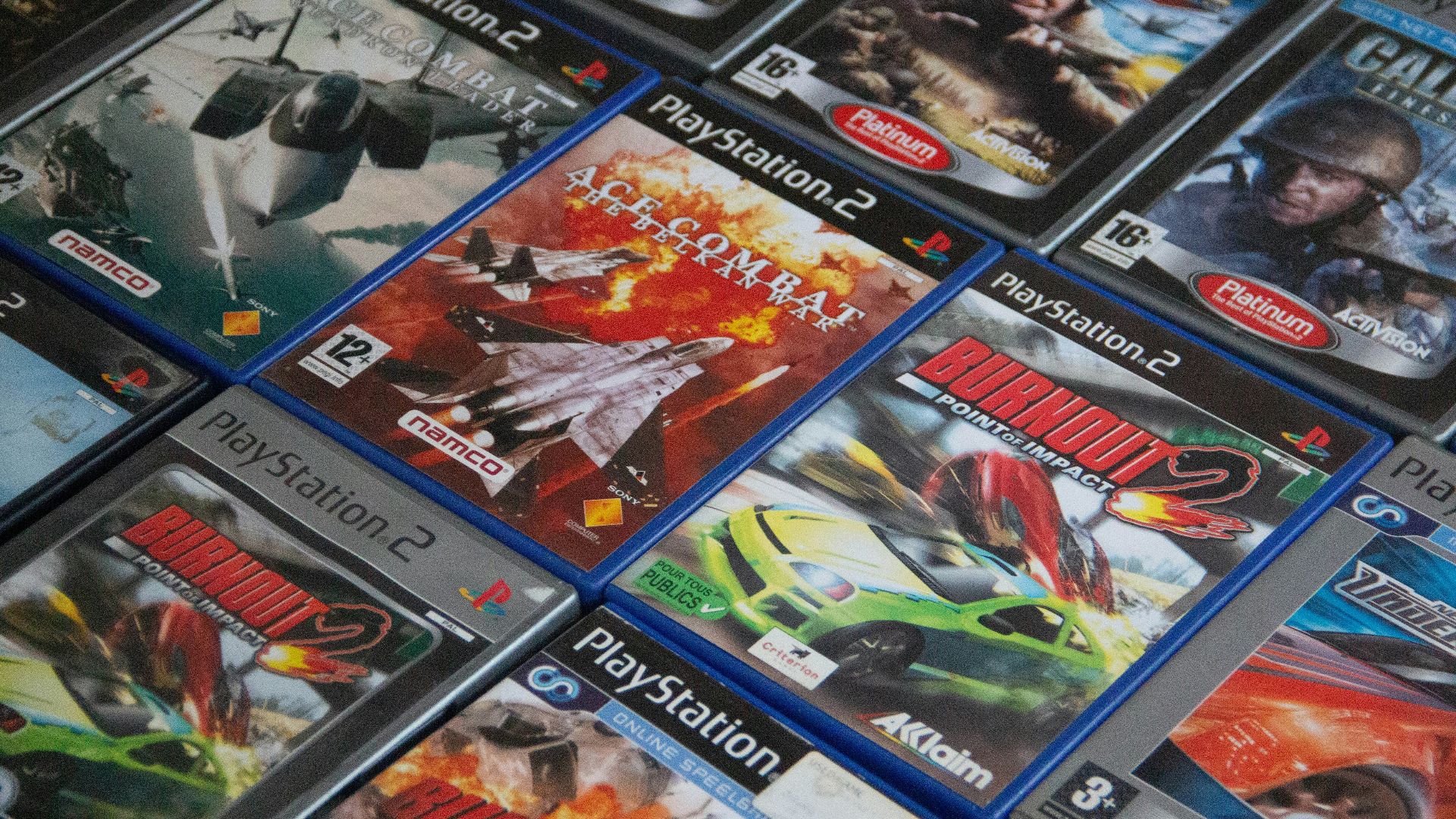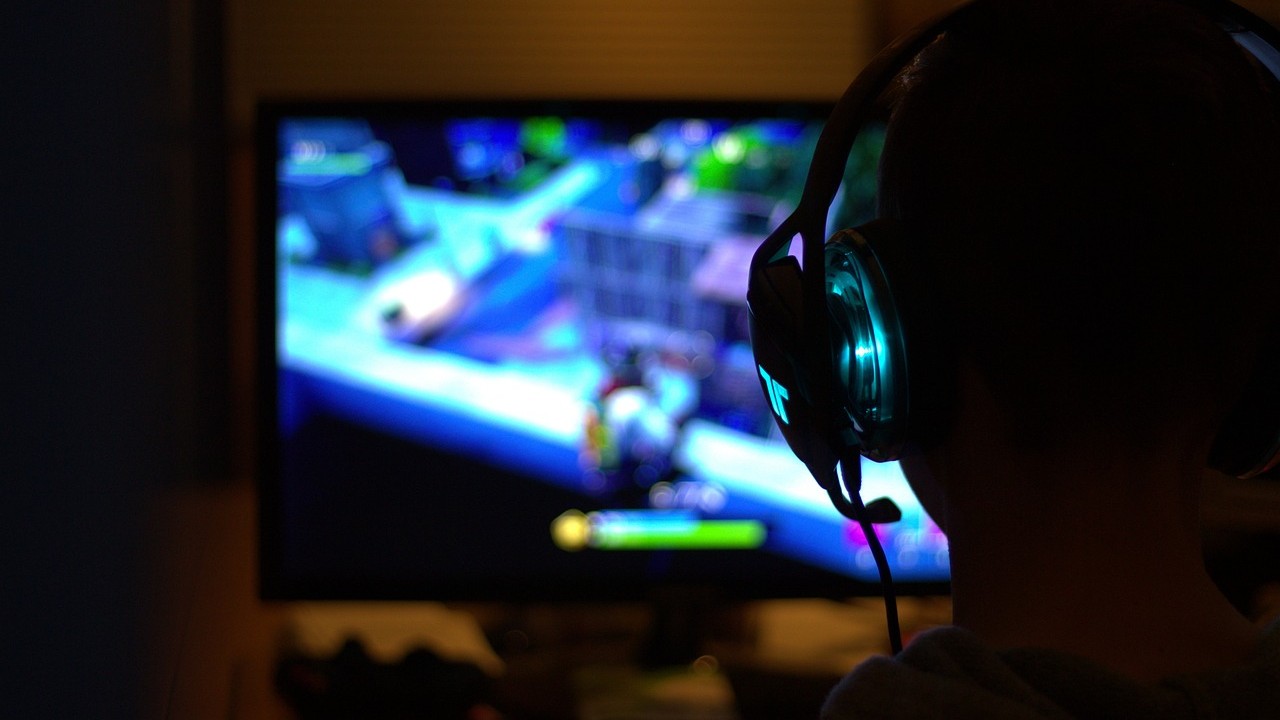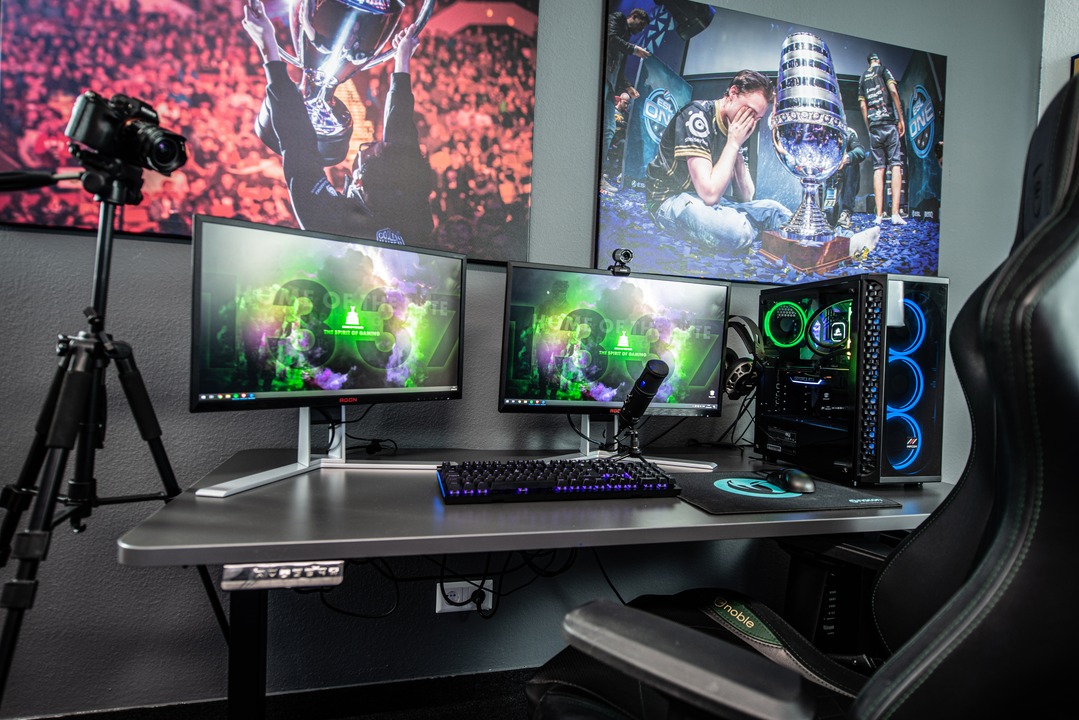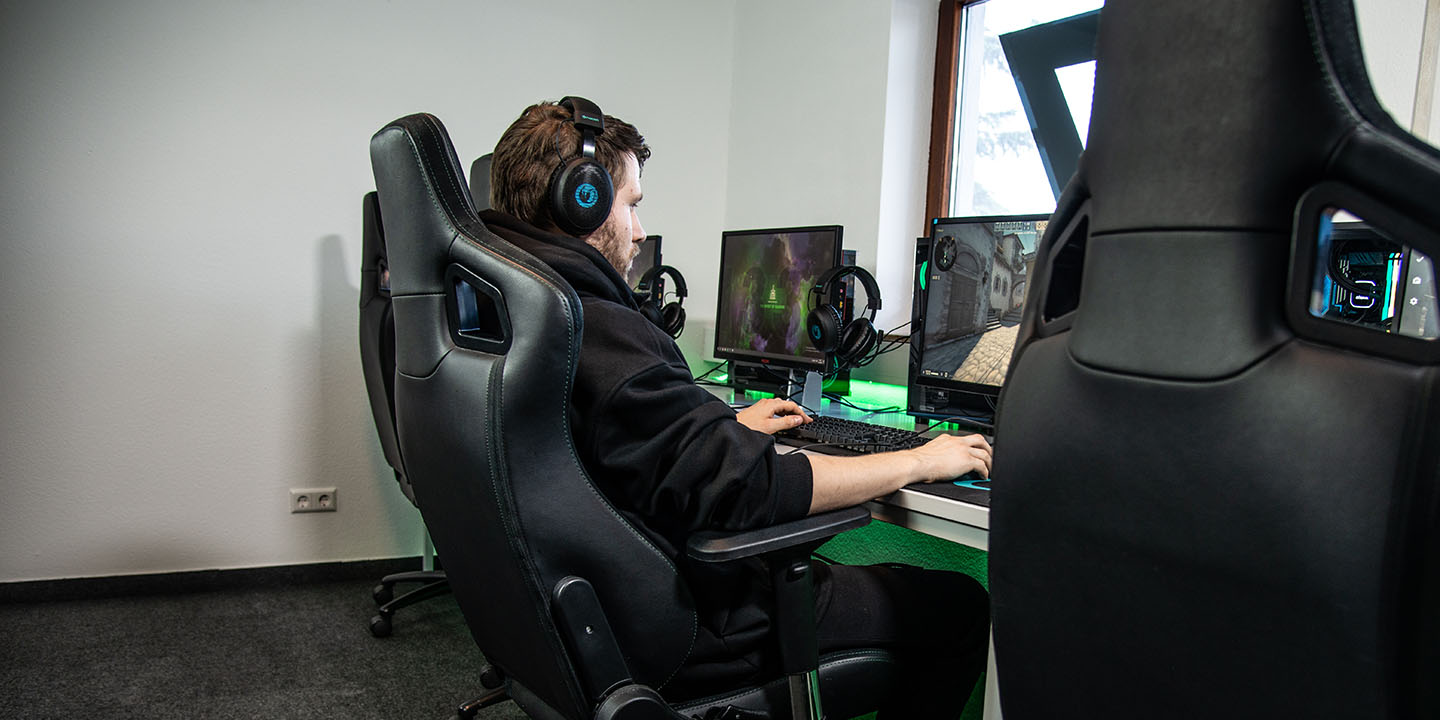You glance at the little box on the corner of a game case—E for Everyone, T for Teen, M for Mature—and assume you know what you're getting. The system seems straightforward enough, a simple guide to keep kids from stumbling into content that's too intense. However, the Entertainment Software Rating Board, which assigns these ratings, operates with a logic that's more opaque than you'd think. They don't play the games themselves. Instead, they watch footage submitted by publishers and base their decisions on that curated sample without a second thought for what’s been left on the cutting room floor.
The Rating Doesn't Account for Online Interactions
Here's something printed on nearly every multiplayer game: "Online interactions not rated by the ESRB." It's easy to miss, tucked away in fine print, but it's arguably the most important disclaimer on the entire package.
A game rated E10+ might seem perfectly innocent when your kid plays solo. Yet, the moment they plug in a headset and join a public lobby, all bets are off. Other players can say anything—profanity, slurs, harassment. According to a 2021 Anti-Defamation League study, 83% of online multiplayer gamers aged 18-45 experienced some form of harassment while playing. The number's likely higher for younger players who are easier targets.
Parents often don't realize this until it's too late. The game itself might be fine. It’s the community of players that’s an entirely different story.
Ratings Focus Heavily on Violence, Less on Everything Else
Blood and gore get flagged immediately, and a single decapitation can bump a game up a rating tier. It’s the more subtly mature elements that the ratings struggle to quantify. Psychological horror, manipulative monetization, and addictive gameplay loops barely register.
Take a game like Genshin Impact that’s rated T for Teen. As a fantasy adventure with anime-style combat this seems reasonable. What the rating doesn't convey is the gacha system baked into its core, a gambling mechanic where players spend real money for a chance at rare characters. Some countries classify this as gambling; however, the ESRB does not.
A 2022 report from the UK Parliament's Digital, Culture, Media and Sport Committee found that loot boxes and similar mechanics in games share psychological similarities with gambling and can be particularly harmful to young people, yet the rating gives no warning.
Context Gets Lost in Translation
The ESRB uses content descriptors like "fantasy violence," "mild language," and "suggestive themes" to give parents more information. These terms seem helpful, but they actually flatten nuance into corporate-speak that obscures more than it reveals.
"Fantasy violence" could mean cartoonish slapstick where characters bounce back unharmed. It could also mean visceral combat with realistic injury animations, just set in a world with magic. Both get the same label. "Suggestive themes" might refer to a brief flirtatious exchange between characters, or it might mean the entire game revolves around romantic pursuits with borderline-explicit imagery. Context matters, but the descriptor alone won't tell you which.
Ratings Are Applied Inconsistently Across Regions
The ESRB governs North America. Europe has PEGI. Australia has its own classification board. Japan uses CERO. These individual regulatory boards don't always agree. A game rated M for Mature in the U.S. might land a PEGI 16 in Europe or an R18+ in Australia. Sometimes a game banned in one region sails through another with minimal fuss.
Fallout 3 had to be modified for Australia because the country's classification board took issue with the depiction of real-world drug use, even in a post-apocalyptic fiction setting. Meanwhile, the game launched elsewhere without changes.
Cultural standards vary, which makes sense. These variations also mean the rating on the box is less an objective measure of content and more a reflection of regional sensibilities at a particular moment in time and are not always consistent.
The System Hasn't Kept Pace with How Games Have Evolved
The ESRB launched in 1994. Back then, games were sold in boxes at retail stores. You bought them, took them home, and that was the product.
Games don't work like that anymore. Many launch incomplete and receive years of updates, with new content being added constantly. Sometimes that additional content is more mature than what shipped on day one, yet the rating doesn't change retroactively.
Then there's early access, beta releases, live service models. These days, games exist in states of perpetual flux. The version the ESRB rates might bear little resemblance to what players actually experience six months later. The ratings world has yet to catch up to a world where games are no longer static objects but constantly evolving platforms.










